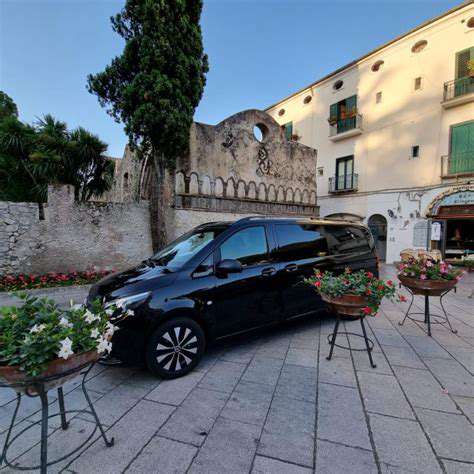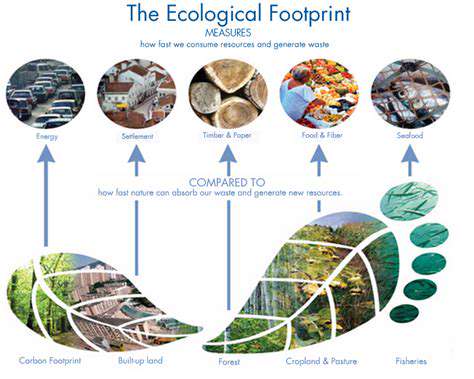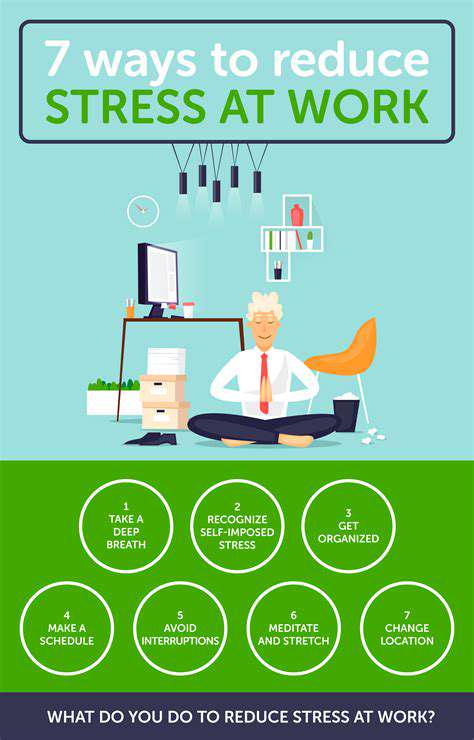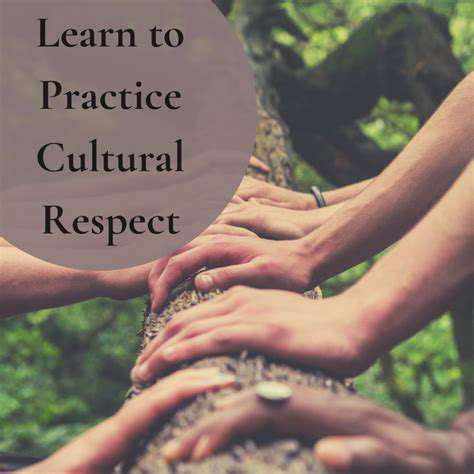A Chocolate Lover's Guide to Belgium
Unveiling the Belgian Tradition
Brussels, a city where cobblestone streets whisper centuries of history, cradles a chocolate legacy that pulses through its very core. Unlike mass-produced sweets found elsewhere, Belgian chocolate carries the fingerprints of generations - artisans who treat cacao as alchemists treated gold. The time-honored techniques passed down through families transform simple ingredients into edible poetry, making each visit to Brussels' chocolatiers feel like uncovering a delicious secret.
From Bean to Bar: A Journey Through the Process
Picture this: in a small Brussels atelier, sunlight filters through windows as a chocolatier cracks open a cacao pod from Ghana, its purple beans releasing an earthy perfume. This ritual begins a 72-hour alchemy where temperature and timing dance in precise harmony. The conching process alone can last days, with massive granite rollers smoothing the mixture until it achieves that signature Belgian silkiness. What most don't realize is how Brussels' microclimate - that crisp North Sea air - plays a silent but crucial role in the tempering process.
A Symphony of Flavors: Exploring the Diverse World of Belgian Chocolate
Beyond the typical milk-dark-white trinity lies Brussels' true genius: chocolatiers who blend unexpected flavors like a jazz musician improvises riffs. Imagine biting into a praline where Venezuelan cacao meets Belgian lavender, or a dark chocolate square flecked with Kampot pepper that first numbs, then tingles, finally blossoms into warmth. The Neuhaus invention of the ballotin (that elegant folded box) in 1912 revolutionized how we experience these flavor journeys - turning chocolate tasting into a ritual rather than a snack.
Beyond the Bar: Indulging in the Exquisite Art of Chocolate
Step into Pierre Marcolini's flagship store during December, and you'll find chocolatiers crafting edible replicas of Brussels' Grand Place architecture - complete with gilded spires in edible gold leaf. This isn't mere confectionery; it's a cultural preservation project in chocolate form. The city's master chocolatiers train for years to perfect techniques like the couverlement - that impossibly thin chocolate shell encapsulating liquid fillings without leaking. Their boutiques function as galleries where each season brings new edible exhibitions.
Chocolate Experiences: Immersive Discoveries for Chocoholics
At Laurent Gerbaud's workshop, visitors don aprons to grind cocoa nibs between ancient millstones, feeling the transformation from gritty fragments to velvety paste. These hands-on sessions reveal secrets like why Belgian chocolatiers add cocoa butter during refining (it creates that distinctive snap). The true magic happens during bean-to-bar workshops where participants roast small batches, discovering how just 30 seconds can shift flavors from fruity to nutty - a sensory education no textbook could provide.
The Perfect Pairing: Chocolate and Brussels
Brussels offers symphonic pairings beyond the predictable wine matches. At Comme Chez Soi, chefs create a five-course menu where each dish incorporates chocolate in unexpected ways - imagine North Sea shrimp with white chocolate foam, or rabbit stew deepened with 85% dark chocolate. The city's beer culture provides another dimension; the caramel notes of a Tripel ale can elevate a simple milk chocolate to transcendental heights. This interplay between chocolate and local flavors makes Brussels the world's only true chocolate terroir.
Beyond the Tourist Traps: Discovering Hidden Chocolate Gems
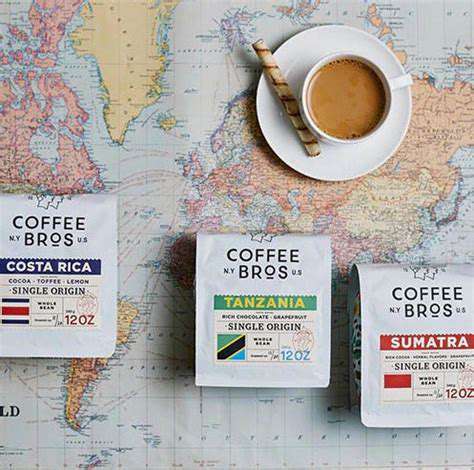
Unveiling Hidden Gems
Tucked behind the Grand Place's gilded facades lie family-run chocolatiers like Mary Delluc, where fourth-generation makers still use copper kettles from 1920. These artisans measure ingredients by instinct rather than scales, their workspace smelling of vanilla pods aging in oak barrels. Finding these hidden ateliers requires local knowledge - follow the elderly Brussels residents carrying distinctive yellow-and-black Wittamer boxes, or ask hotel concierges where they buy their personal treats.
Experiencing Local Culture
On Rue des Chartreux, chocolatier Laurent Gerbaud hosts monthly bean sessions where regulars debate this season's São Tomé harvest over cups of pure criollo liquor. This is where chocolate transcends commerce and becomes community. Participate in the Saint-Nicolas tradition where children receive chocolate letters on December 6th, or visit during the Cocoa Week when master chocolatiers demonstrate medieval techniques using replica 17th-century tools.
Sustainable and Ethical Travel
Forward-thinking chocolatiers like Belvas now offer carbon-negative chocolate bars, wrapping them in compostable leaf packaging. By supporting these eco-conscious makers, travelers help preserve Belgium's chocolate heritage while protecting the rainforests where cacao grows. Look for the Bean to Bar Brussels certification - a guarantee that your chocolate purchase supports direct trade with smallholder farmers and traditional production methods.
Planning for the Unexpected
Sometimes the best discoveries come from mishaps - like following a wrong turn into the Marolles district and stumbling upon Chocolaterie Isabelle, where the owner hand-paints chocolate shells with edible pigments. Brussels rewards the curious traveler who ventures beyond the guidebook listings. Let the scent of roasting cocoa guide you, or strike up conversations at café counters where retired chocolatiers often share their favorite hidden spots over espresso.
The sleep cycle consists of multiple stages that play crucial roles in overall restfulness and mental health. These stages include both REM (Rapid Eye Movement) and non-REM sleep. During non-REM sleep, the body enters a state of deep relaxation, while REM sleep is associated with vivid dreaming and heightened brain activity. Disruptions in this cycle can significantly affect physical and psychological well-being.
